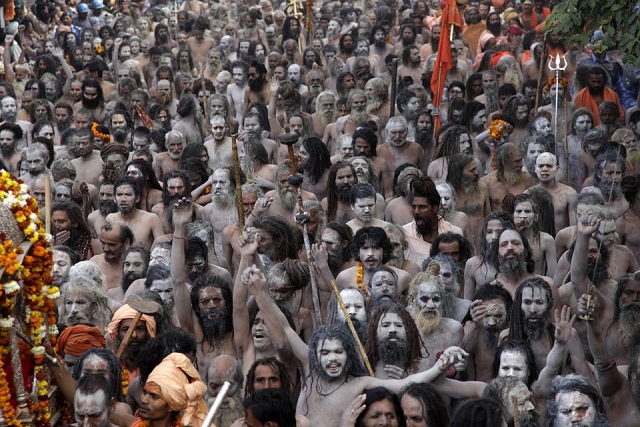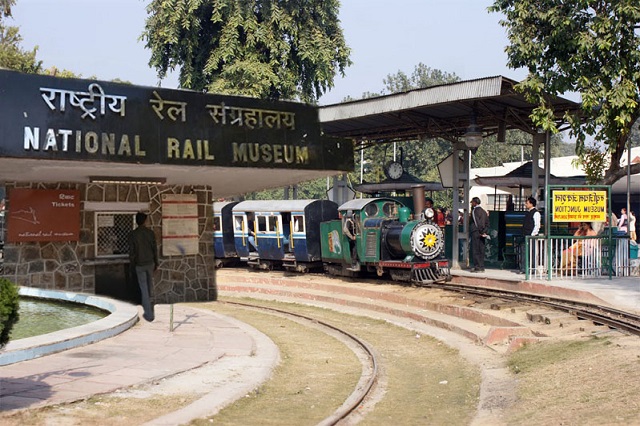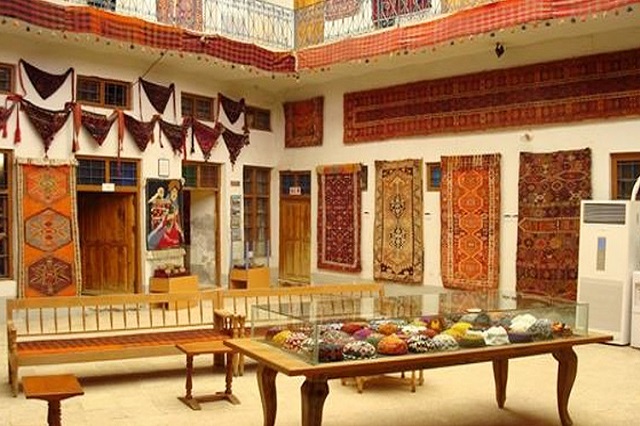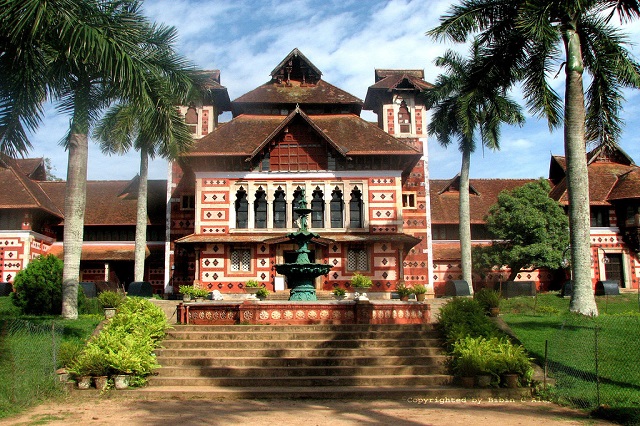Kumbh Mela is the biggest center of Hindu faith, where millions of Hindus gather at one place to immerse themselves in the holy river. Traditionally, Kumbh Mela is organized on four places of India: First Prayag Kumbh Mela, Second Haridwar Kumbh Mela, Third Nashik Kumbh Mela and fourth Ujjain Simhastha. Kumbh Mela is organized every 12 years in these four places. Let us today make you aware of the history of Kumbh Mela and important facts.
1. The mythological belief is the foundation of Kumbh Mela
The mythological history of the Kumbh Mela starts with the ocean manthan when the sea churning was done to get nectar between the Asuras and the gods. When the nectar came out of the ocean, it was placed in a quater. Asuro took that kumbh first, but the Mohini form of Lord Vishnu form took away the nectar from the ashura and started running away. During the run, the nectar dropped at four places, due to which the Kumbh Mela is organized at these four places.
2. Hansang first mentioned the Kumbh Mela
Kumbh Mela has been running for many years, it has no written history, but during the visit of Chinese traveler Hsansang to India, in 644 AD, he had written about this fair, but at the time he did not know that his name was Kumbh It is fair but after this it was mentioned in the book Tarakhkh (1695 AD) and Chahar Gulshan (1759 AD) in the book, Kumbh Mela in Haridwar, Prayag and Nashik.
3. There are three types of Kumbh Mela
- According to Hindu Panchag, the Kumbh Mela has been divided into three types.
- Maha Kumbh - every 144 years (on completion of 12 full kumbh)
- Kumbh Mela - organized every 12 years
- Semi kumbh - organized every six years (between two full Kumbh Mele)
4. Pushwai is extracted in Kumbh
Pavising is an important place in Kumbh. Peshvai means the entrance or Shobhayatra. This Shobha Yatra is welcomed to welcome people coming from all over the world to inform Kumbh Mela. In Peshwaja, sadhus-saints perform with their trolleys with great pomp and reach the Kumbh Mela. A large number of Shraddhalu and Sawadars stand on either side of the path to welcome and visit the elephants, horses, wreaths, bighas and bajavas.
5. Royal bath upon the joining of kings
Kumbh Mela has the first royal bath on the occasion of Makar Sankranti. In the confluence of a confluence, a nephew is appointed, but it is called the royal bath. In fact, the first king-king also used to come first in the Kumbh mela and used the first dip to do the same. The monks walked behind them. But now the King Maharaja did not stay, but now the tradition of Shahi baths is done as a Sannyasi.
6. First Dip in the Royal Bath
The procedure of the royal bath is done on the third day of the night of the war. In the number of lakhs, the ascetic, Mahant and the Shrudhadal passes towards the confluence, but the first dip applies only to the Saint-Sansasi. The number of Shrudhaluo comes later. Which of the ancestors of the Sannyasis will first plunge and which of the following rules are also determined.
7. Kumbh consists of 6 royal baths
During the Kumbh Maha Parva which lasted for nearly two months, some special tithiya of the bath is ensured.
- January 15 - Makar Sankranti
- January 21 - Paush Purnima
- February 4 - Mauni Amavasya
- February 10 - Basant Panchami
- February 19 - Maghi Purnima
- March 04 - Mahashivaratri
8. Makar Sakranti first royal bath
Kumbh Mela is considered sacred every day from Capricorn. But some dates are very special. These dates are called bathing royal baths or Rajayogi baths. The members of different Akhara, saints and disciples arrive with Shobhayatrao. Only after the royal bathing of the Akhara, ordinary people get a chance to take a bath.
9. Shankaracharya's Arenas
The Kumbh Mela can be seen in the form of an orchard in which the organized and vivid nature of Hindu religion can be performed. This is the form of Adi Guru Shankaracharya. He divided the Saints-Sannyasis into Nishanamy tradition, that is, in ten different groups. Now their number is 13. Who are called the arena. Kumbh Mela is an opportunity in which all the akhaas come together. In Kumbh, the Kannar Akhara was also born, which was the first time in the Ujjain Kumbh.
10. Kumbh is included in Akhada
First of all, in the akhada with the monks, the Avana Akhara became. The first mention of the invoke arena is found in 547 AD. After which Atal, Mahiniwani, Hanaan, Niranjani and Old Akhara. At the end, the fire becomes the Akhada. The old arena is considered the largest in all the Akhara. Nearly three and a half lakh saints are in the aunts of June and they are all included in the aquarium.
11. Rangagna Prayagraj in the color of Kumbh
During the Kumbh, the PaintMyCity scheme was prepared for the arrival of tourists and visitors to the Prayagraj. Over 600 artists from different parts of the country are working day and night in painting on city walls and major buildings at a cost of 27 crores. Painting of the place in the city, the grandeur of such a Kumbh is being seen and a glimpse of the Indian culture. On the other hand, pictures of great men are being engraved, so the pictures of the major cities of the city are being constructed on the walls, with a memorable experience being sent to Shraddhalu.
12. Preparing for world record in Kumbh
There is also preparation for recording the sea churning on the wall of a 1km long prison wall in the Guinness Book of World Records. Apart from this, the masses are also participating in this campaign by painting their homes.
13. There will be five star tents in Kumbh
Keeping in mind the features of Shrudhaluo, this lace tent city has also been built with five star facilities at Kumbh, where Wi-Fi and other technical facilities will also be provided to the Shraddhaluos. The rent of these luxury tents house is different according to convenience. That is, one day's rent is around 12 thousand rupees, while the luxury category is available from 16 thousand to 35 thousand rupees. Not only this, customers will have to give GST separately. Tent City will have its own bathing ghat, security system, road service, transport service, 24-hour restaurant facility.










